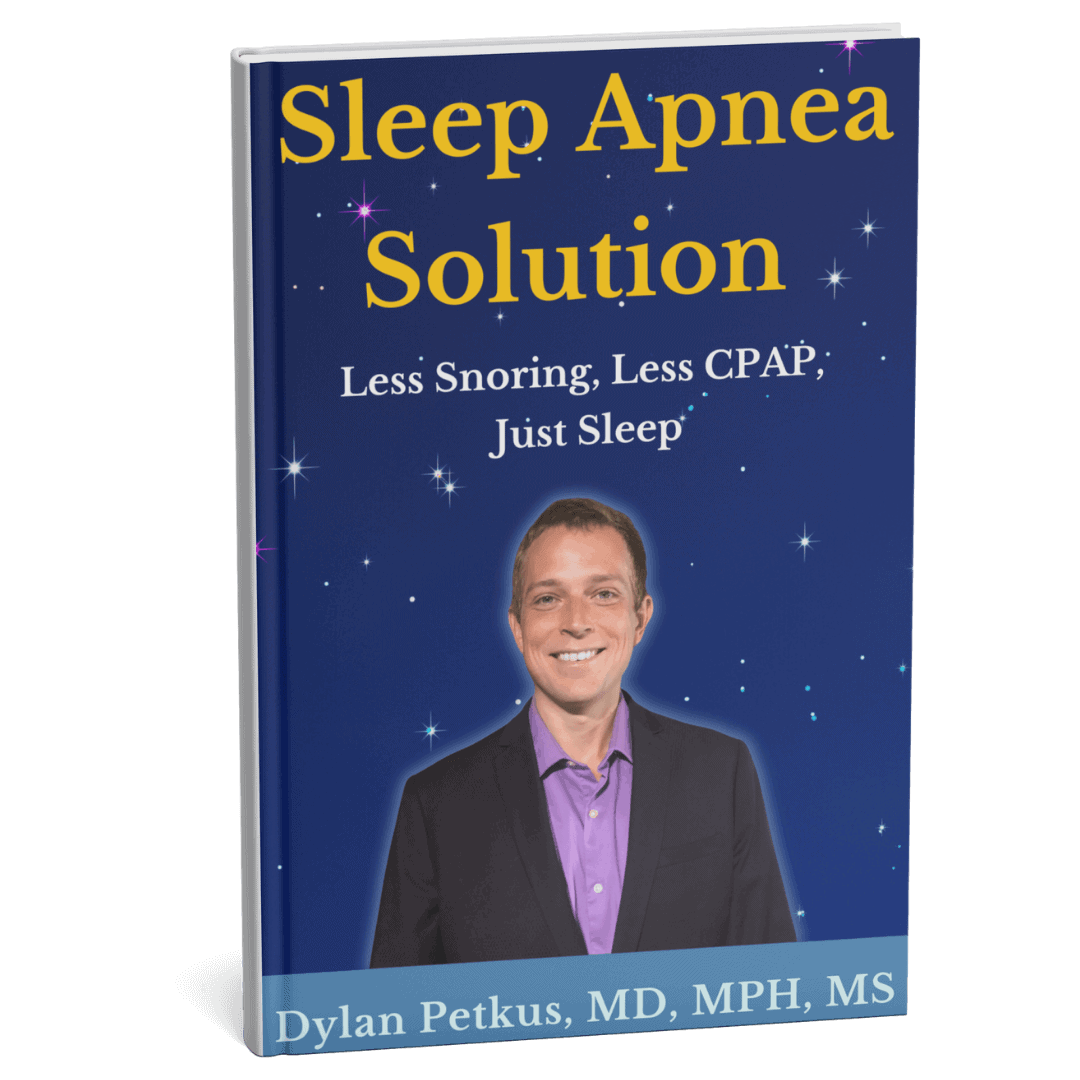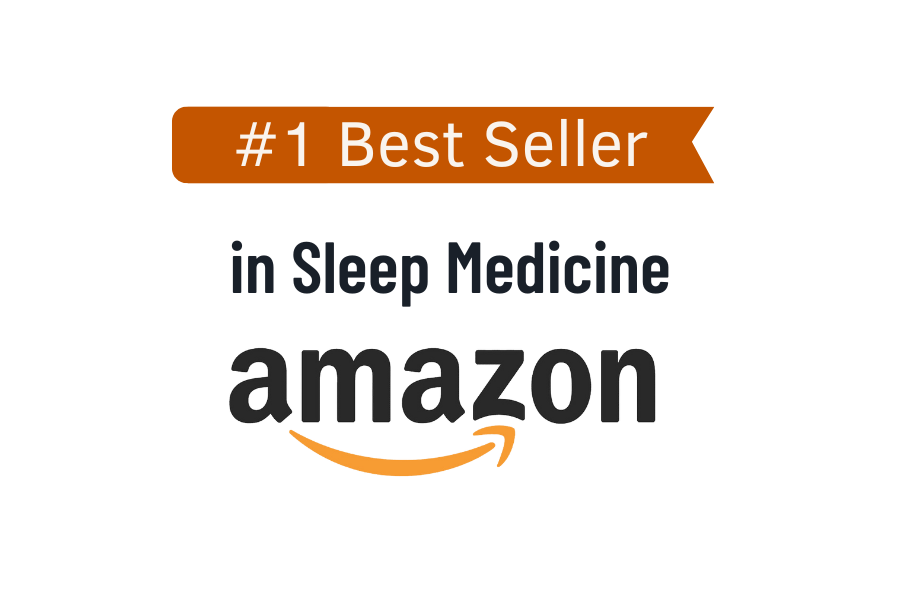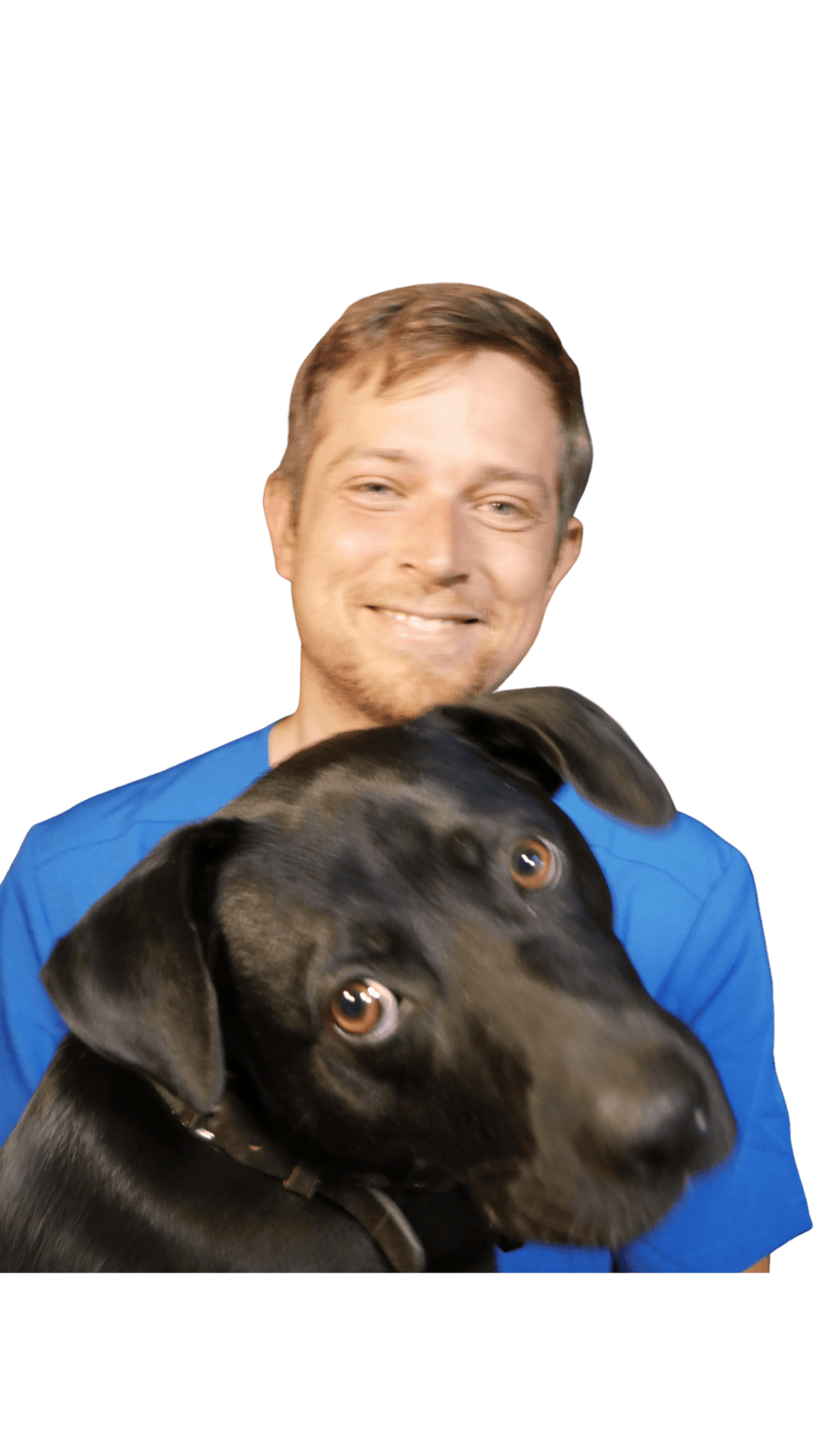CPAP (continuous positive airway pressure) machines are commonly used to manage the symptoms of sleep apnea. They work by helping to keep your airways open, with the aim of improving sleep quality and reducing the risks of serious secondary conditions.
However, many people dislike using a CPAP and prefer to learn actionable breathing techniques, incorporating exercises into a regular evening routine to help overcome sleep apnea and avoid interventions or surgeries. The issue for many is that a CPAP can be awkward to use, create a claustrophobic sensation, be difficult to use when traveling, or cause personal issues, where sleeping with a mask is less than ideal, or partners find the ongoing noise disruptive.
Finding the best sleep apnea solution ensures comfort and confidence, as well as the ability to proactively promote healthy, natural sleep without needing to use a mask or device every night.
Common Reasons for Looking at Alternatives to Promote Healthy Sleep Without a CPAP
CPAP machines are a conventional way to try and reduce the symptoms of sleep apnea, but they can produce unwanted side effects, in addition to being uncomfortable to use. These can include:
- Nosebleeds
- Congestion
- A runny nose
- Dry mouth
- Skin irritation
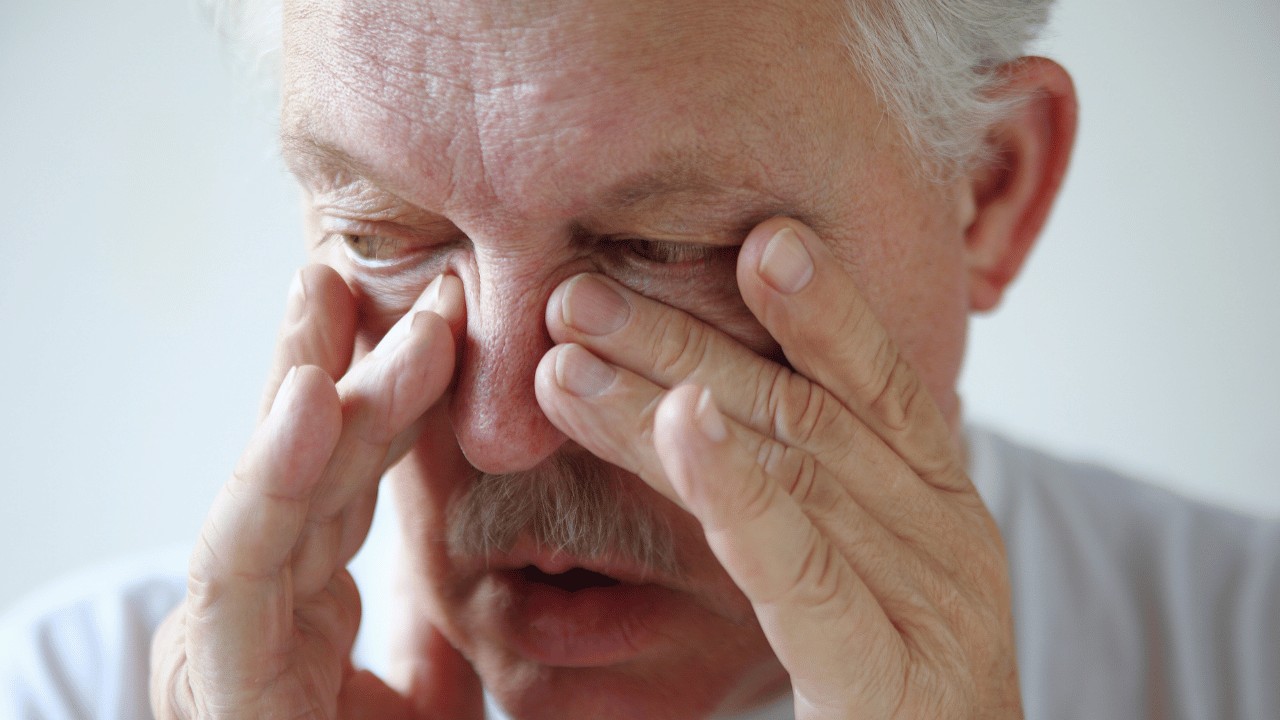
Adding a heated humidifier is sometimes thought to help. However, with an ever-increasing number of machines and devices creating distracting noises, this could further disrupt your sleep pattern or cause inconvenience to your loved one or spouse.
Some people also find that a CPAP is ineffective, commonly because they have a deviated septum or other irregularity in their nose, which means they breathe through their mouth.
What is the newest treatment for sleep apnea, and can you avoid using a CPAP? Innovations in sleep apnea approaches increasingly mean that dependence on a CPAP is not the only option, giving sleep apnea sufferers a choice over how they enhance natural sleep.
Learning Breathing Techniques as a Sleep Apnea Approach
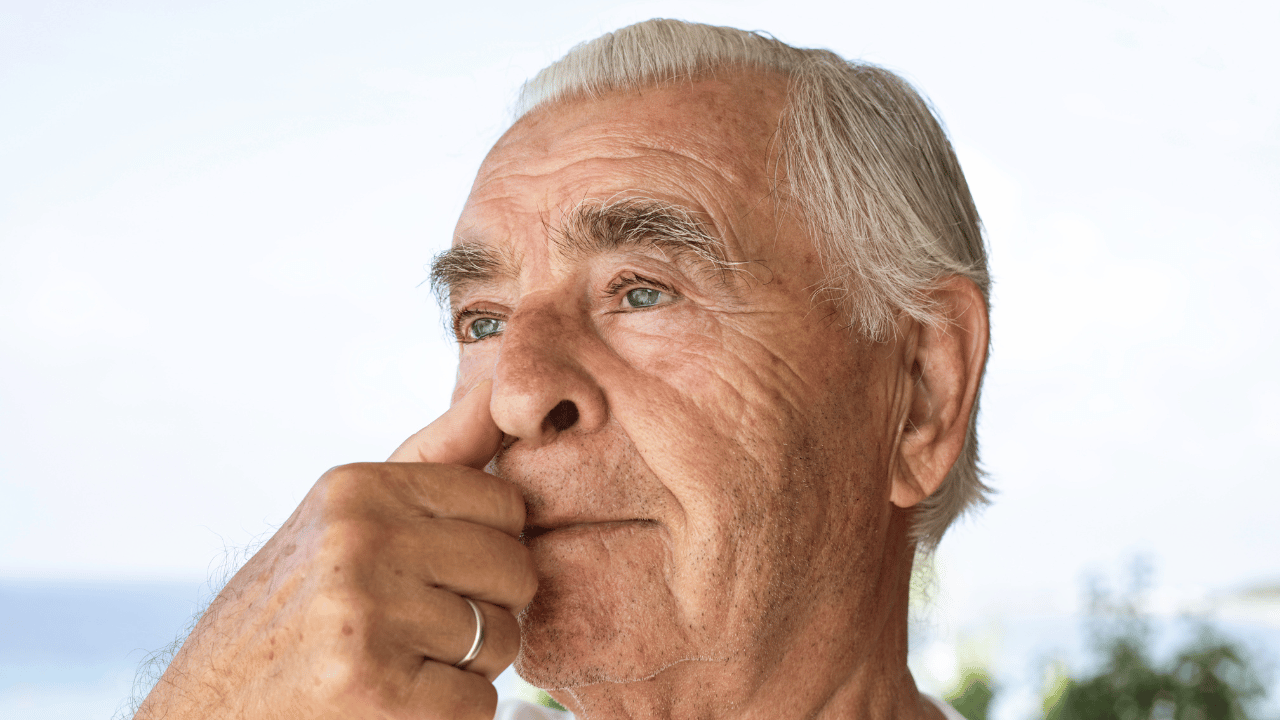
Part of the complexity of using a CPAP for sleep apnea is that although the device may help maintain open airways, it is not a resolution, nor can it fix the underlying issue. Clinical trials have shown that a third of people fail an initial CPAP trial. Likewise, surgical procedures intended to help improve the symptoms of sleep apnea have been shown to be fully successful just 43% of the time, leading many people to be reluctant to undergo surgery with a less-than-guaranteed outcome.
The answer is to learn how to activate slower, controlled, and natural breathing, which can help keep your airways open without requiring a machine. This helps overcome sleep apnea by combatting the faster breathing that is typical when our bodies try to overcome a shortage of oxygen. This draws the tongue into the airway, creating a further blockage that exacerbates the effect of a narrow airway.
Unlike a mouthguard, tape, CPAP, or sleep apnea pillow, following a breathing routine can actively slow the breaths you take without discomfort, noise, or intrusions.
Finding the Best Ways to Address or Reduce the Impacts of Sleep Apnea
Is sleep apnea a disability? The Social Security Administration does not list sleep apnea as a disability, although some more serious breathing disorders linked to or caused by sleep apnea may fall under the criteria. Accessing natural, noninvasive, nonsurgical breathing techniques can help restore healthy sleep, provide independence from a CPAP if you are already using one, and provide long-term relief from fatigue, brain fog, stress, and related health problems.
Sleep Apnea Solution, an ebook available on-demand, provides further information about breathing routines, the root causes of sleep apnea, the value of nutrition, your sleep environment, regulation of your nervous system, and upgrading your circadian system!

